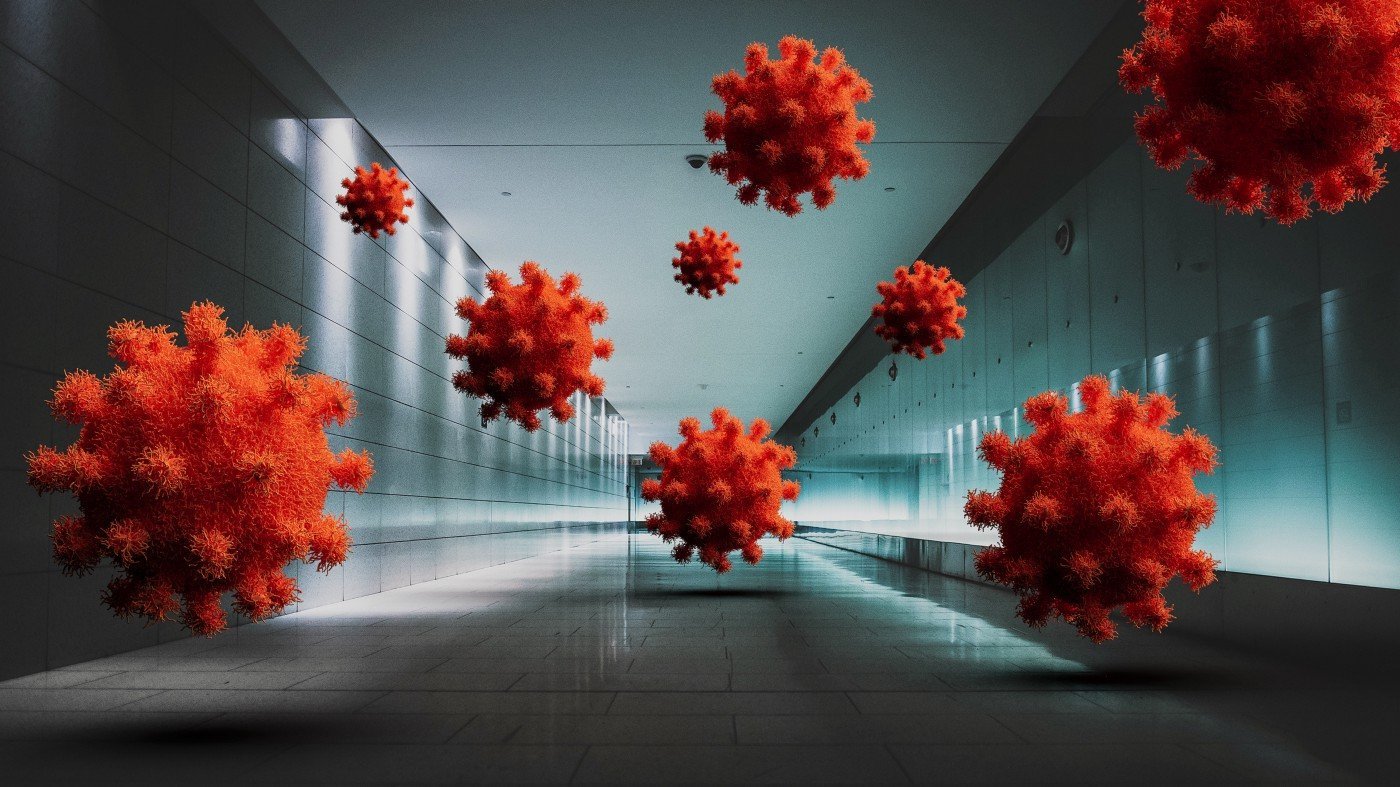Bad dreams seem to be on the rise. But what you’re experiencing at night may depend on how you’re living right now.
In my recent dreams, I often find myself in filthy, broken-down bathrooms with stall walls that are too short and doors that don’t lock. I try to find a place to pee in private, but I never can. Other people can see me using the bathroom. I am panicked and embarrassed.
The dream has happened enough times that I started poking around to find out whether others were experiencing especially vivid bad dreams right now. In my search, I came across the blog I Dream of Covid — run by Bay Area resident Erin Gravley, who was interested in seeing how the current pandemic would affect dreams — which allows people across the globe to submit descriptions of their pandemic dreams. Since its first post on March 13, the site has amassed more than 130 reports, many of which depict the same kind of distress I’ve been experiencing while asleep.
Unpleasant and strange as these bad dreams might be for those of us having them, sleep experts aren’t surprised. “In a situation like the current one with Covid-19, with an increase in background stress, it makes sense that we might experience more disturbing dreams,” says Alex Dimitriu, MD, founder of Menlo Park Psychiatry and Sleep. “Freud, in his dream analysis, also referred to something known as ‘day residue.’” Day residue describes waking-life events that appear in our dreams and nightmares. These images and scenes typically pop up during the rapid eye movement (REM) sleep phase, according to Dimitriu, which tends to take place during the second half of the night.
There are two main types of bad dreams: anxiety dreams and nightmares. Research suggests different people are experiencing different types of bad dreams, based mainly on their pandemic experiences. “Nightmares are usually defined as feeling overwhelming terror,” says Deirdre Barrett, PhD, author of The Committee of Sleepand an assistant professor of psychology at Harvard Medical School. “Anxiety [dreams generally have an] unpleasant, fearful emotion throughout… but not the sense of totally losing control.”
Barrett is currently conducting an ongoing survey on the topic of Covid-19 dreams; she has collected over 6,000 dreams and agrees that the pandemic seems to be stirring up our dream lives. Among people who have submitted their dreams to Barrett’s survey, a majority are having anxiety dreams, but not recurrent ones (in which the same exact dream is repeated), she says. Many involve images that seem to be metaphors for the coronavirus: “Bugs are a problem,” she says. “I think that’s partly because we use the word ‘bug’ as slang for ‘virus.’”
Health care workers she’s surveyed, on the other hand, have been reporting an increase in nightmares — some of which are recurrent. “[Health care workers are] having classic post-traumatic nightmares that… don’t tend to use metaphors,” she says. “They tend to be about things they’ve experienced by day.” Some health care workers, for example, are having nightmares in which they are failing to save a dying Covid-19 patient.
Many bad dreams involve images that seem to be metaphors for the coronavirus: “Bugs are a problem…I think that’s partly because we use the word ‘bug’ as slang for ‘virus.’”
Nightmares — especially recurrent ones — can in fact be a symptom of post-traumatic stress disorder (PTSD), according to the Anxiety and Depression Association of America. “People with PTSD [tend to] experience ongoing nightmares as the brain tries to ‘solve’ the [source of their] stress, often without success, while they are sleeping,” explains Dimitriu. Though the current pandemic will affect everyone differently, the authors of a 2013 study on PTSD after health-related disasters noted that “pandemic disasters and subsequent disease-containment responses may create a condition that families and children find traumatic.” And while pandemics can cause trauma for anyone, Barrett believes trauma may be more common among those on the front lines.
Another factor that may connect our waking life and our dreams—both one-offs and recurring—according to a 2017 study, is whether our psychological needs are being met. The researchers concluded that when study participants felt their needs weren’t being met—especially needs for autonomy, competence, and relatedness—they often experienced bad dreams.
Could this study apply to the coronavirus pandemic? Lead author Netta Weinstein, PhD, a senior lecturer at Cardiff University’s School of Psychology, says she’s unsure. “Sometimes psychologists like to feel like we can tell everybody exactly what to expect… but it is a new situation for all of us.” Since the pandemic is still unfolding, we can’t yet draw concrete conclusions about how and why it’s affecting our dreams.
In fact, Barrett mentions that an increase in anxiety dreams and nightmares could simply be tied to the fact that people are sleeping more. “People seem to be recalling more bizarre dreams, aside from bad dreams,” she explains. “That’s not true after most crises, but I think that what’s unique is that lots of people are sleeping more.” Because many are under stay-at-home orders, they’re able to avoid long commutes and sleep in or take naps when they wouldn’t before. This can also result in better dream recall.
Though there may not be a one-size-fits-all explanation for an increase in bad dreams, if you are experiencing recurrent nightmares specifically, and they’re affecting you beyond just the unpleasant, heart-pounding jolt awake, you might consider seeking help from a doctor or therapist. “While occasional nightmares are almost a normal phenomenon, repeated nightmares, with an impact on sleep and daytime mood, may be more significant and worth getting a medical opinion,” Dimitriu says.
